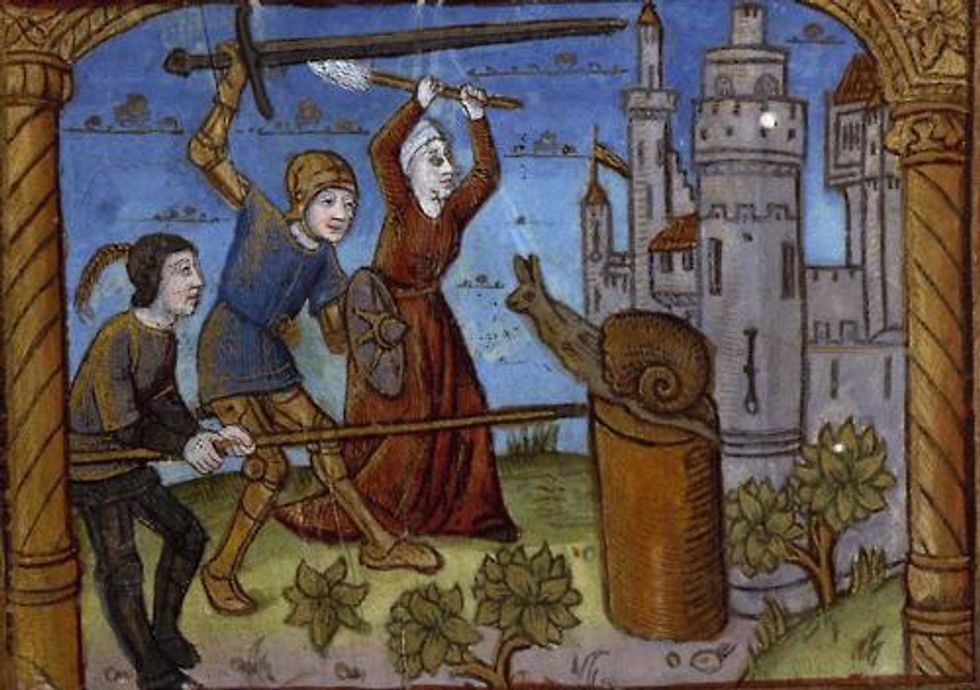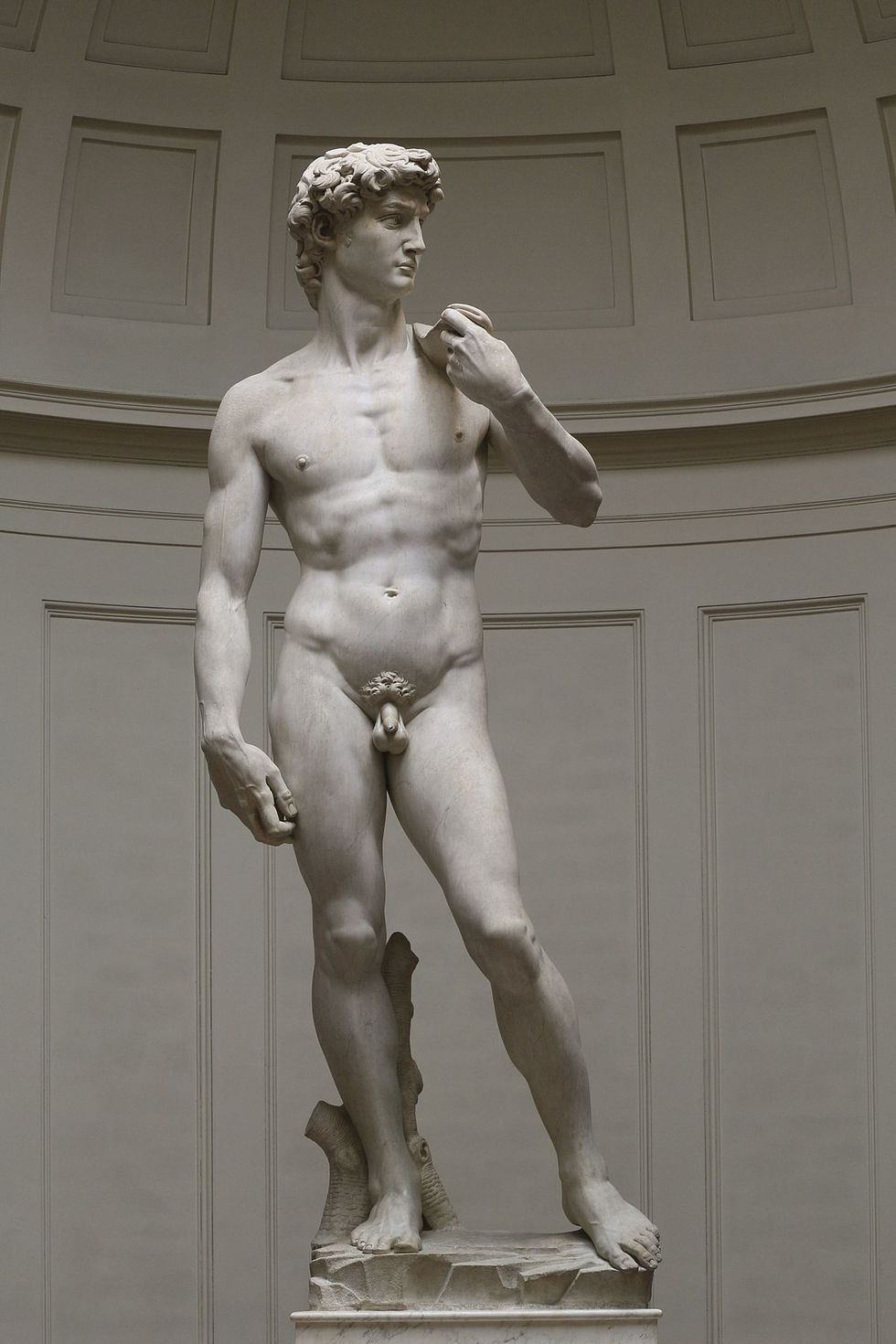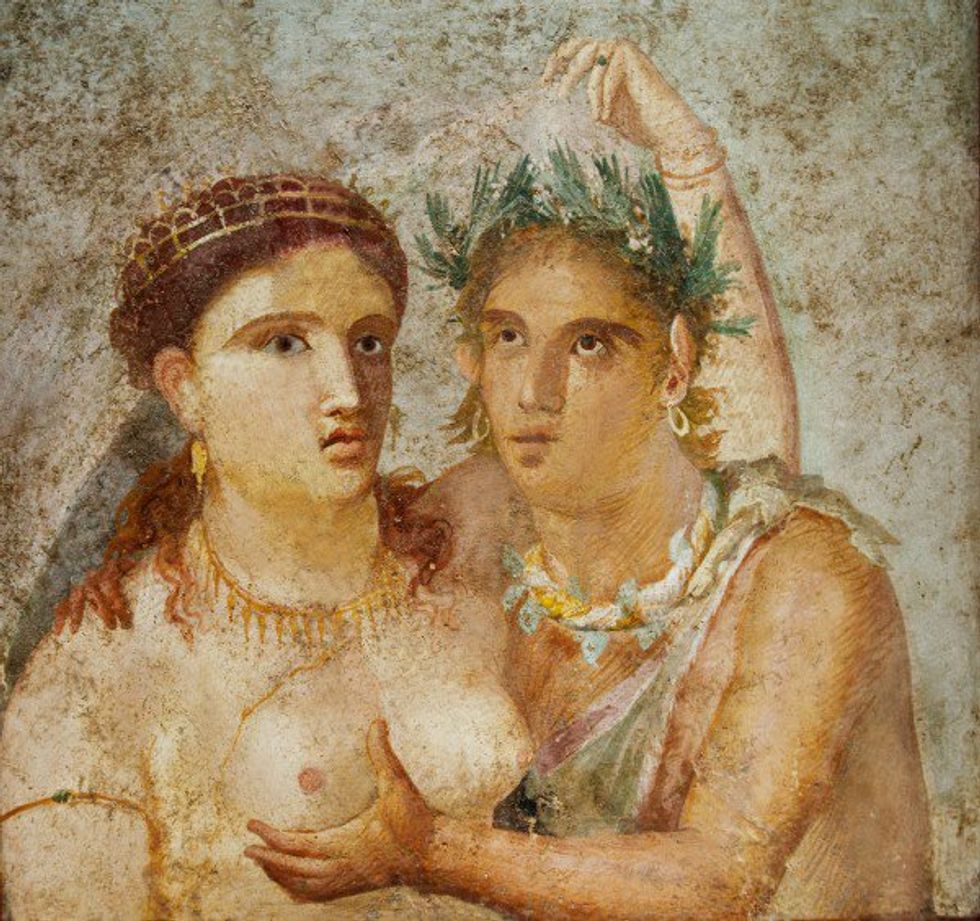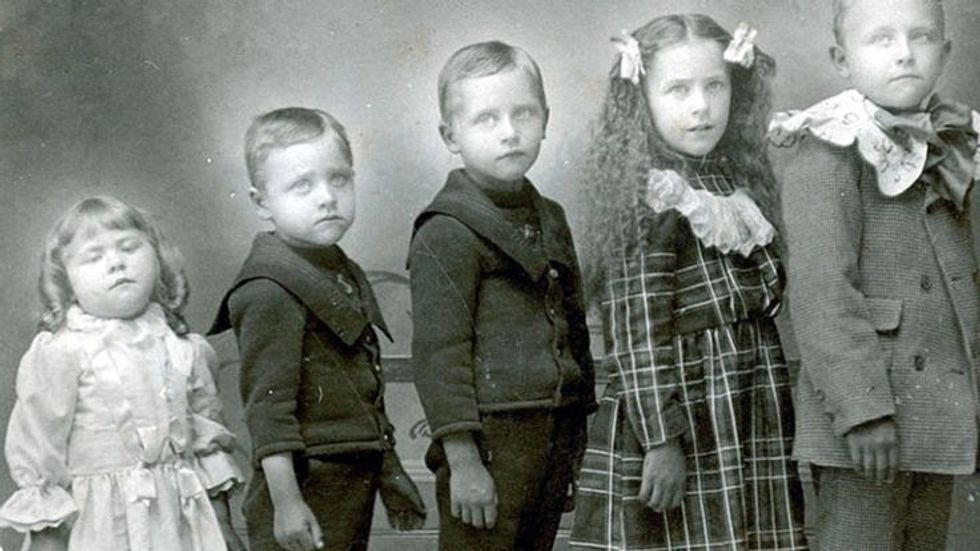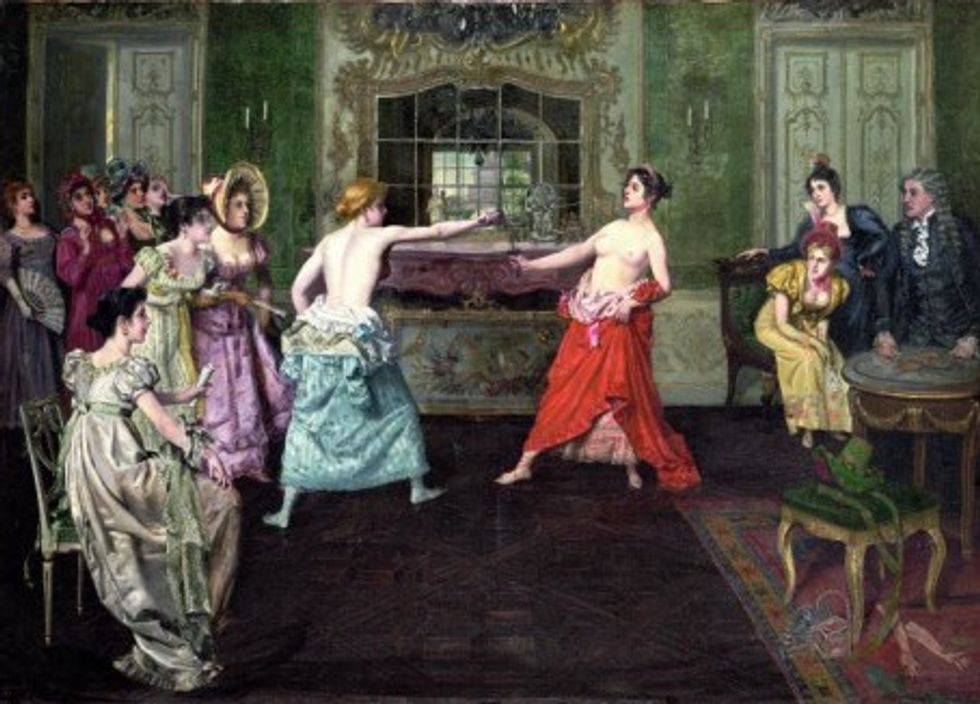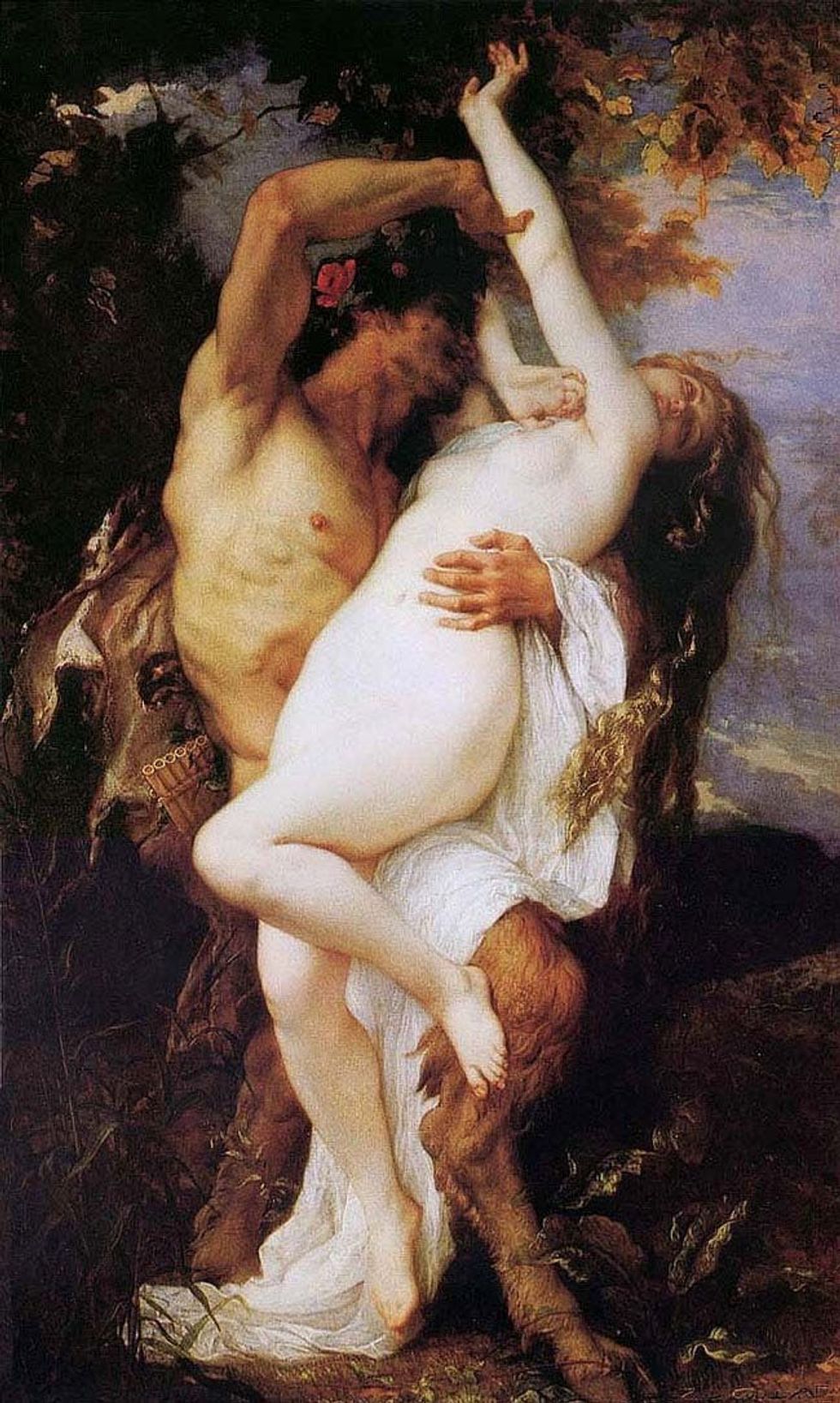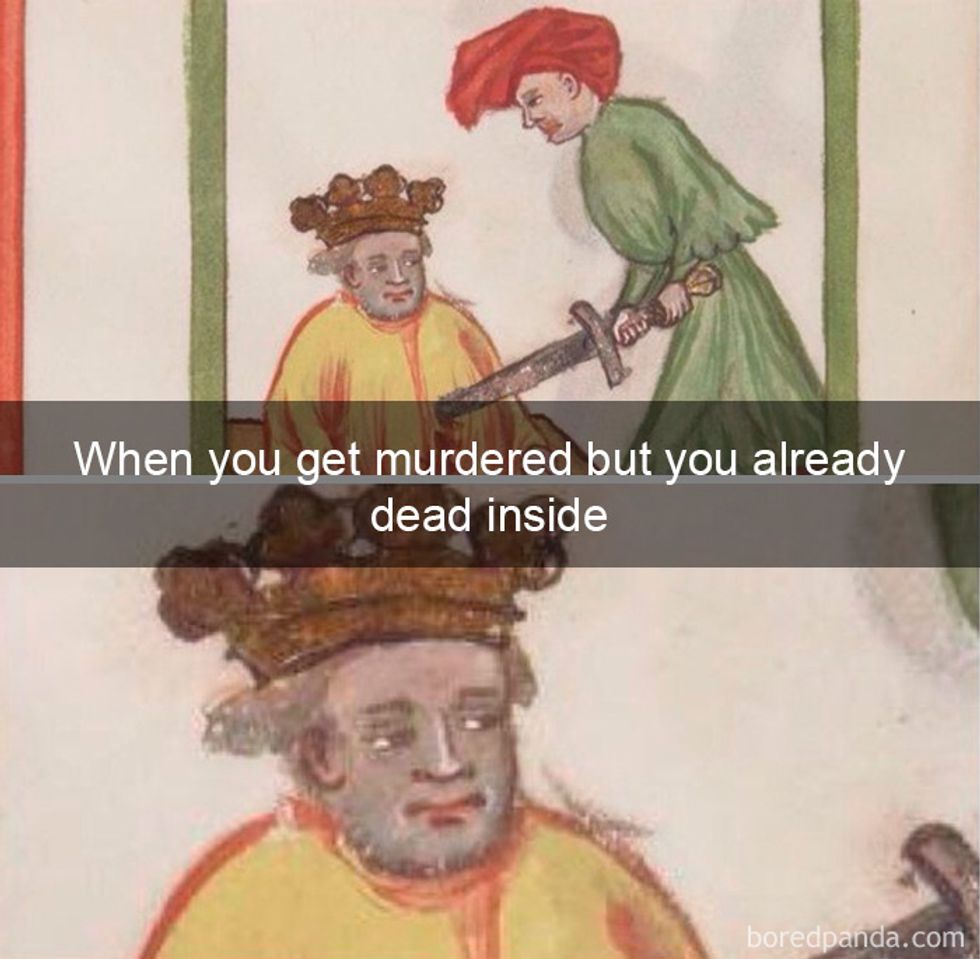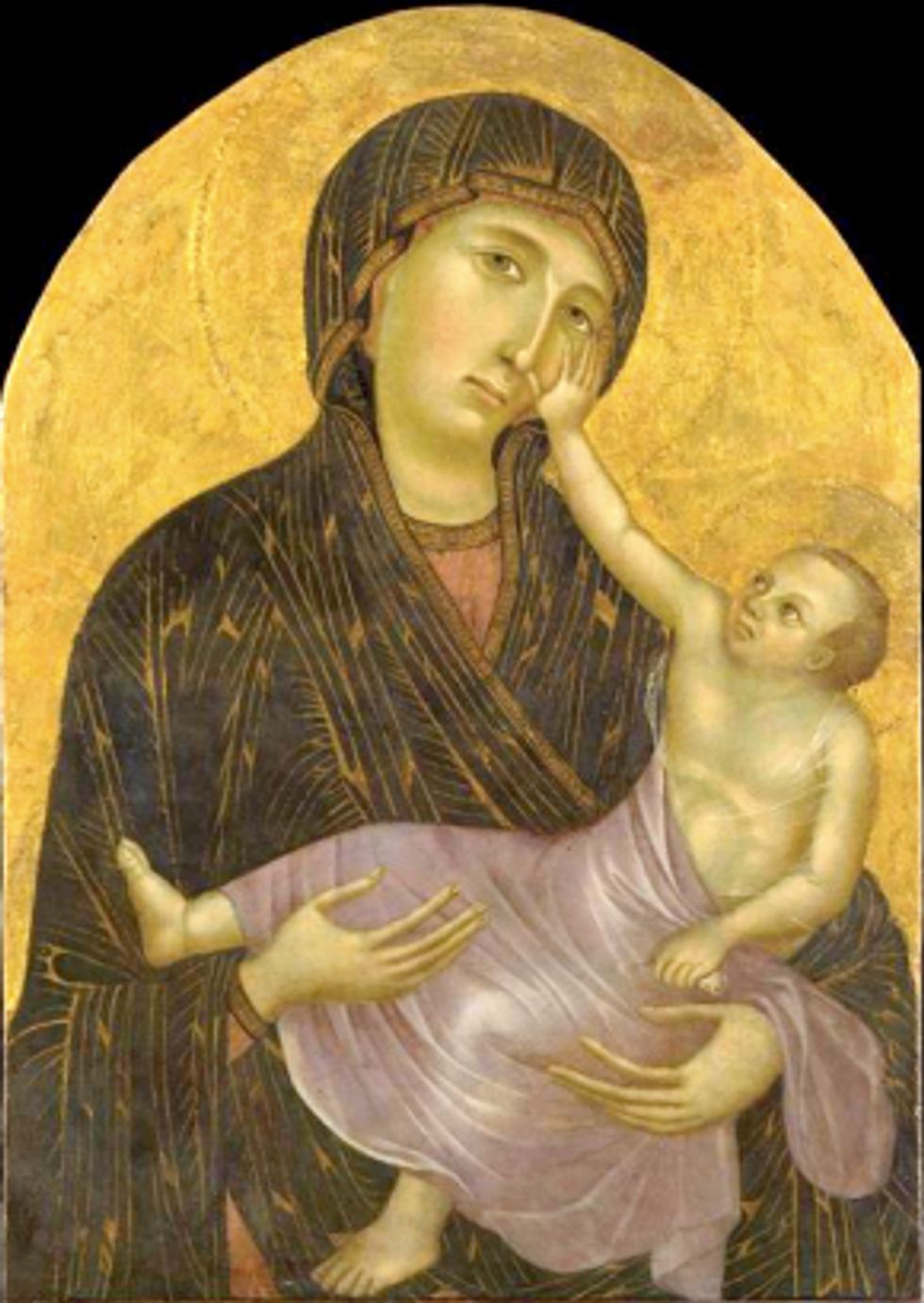https://i.imgur.com/oCL8pIT.jpgVisual art is a critical part of our society. It is a reflection of the times; the values, beauty standards, and emotions that defined an era of history. They can be large, full-scale paintings or even a small symbol, recreated dozens of times to rally together a people and a nation.
Art is beautiful. Awe inspiring. Amazing.
In October of 1963, former President John F. Kennedy said, “If art is to nourish the roots of our culture, society must set the artist free to follow his vision wherever it takes him.”
Several works of art, however, show that maybe some of these artists should have had other visions to take them elsewhere. From funny to macabre, here are eight really weird art trends in history (some are NSFW):
1. People fighting giant snails
I came across this Reddit thread a few months ago and was fascinated by these crazy snail illustrations. Because the thread came from r/AskHistorians, I can trust the commenters when they say the overall historical consensus says they really don’t know. However, one popular theory is that they were printed on the sides of luxury books for fun and to provoke contemplation.
2. Really tiny penises
If you’ve ever seen the famous marble sculpture David by Michelangelo, you’ll have seen a hottie with a body… with an exaggeratedly tiny schlong. And it wasn’t just David, statues of Hercules, various pieces of pottery, and some paintings display the same trend. Many artists chose to downplay the size of the men down there because to do otherwise meant that their subjects were “foolish and ugly” according to art historian Ellen Oredsson.
3. Erotic Art
Now, no one can judge what you do in your free time, but some people go above and beyond in pursuing specific sexual endeavors. You can view a short history of erotic art in sculpture, painting, and more here. History tells us that erotic art was found all over the world, but it was treated the same as any other piece of art until the 1850s where it became outlawed and criminalized in England.
4. Taking pictures of dead children
Popular in Victorian England due to widespread epidemics, dead photography was a way to attempt to preserve the memory of family members that passed too soon. The most common subjects were infants who were often propped up in their parents’ arms in a family photo. However, as the death rate for children decreased with the advent of better health care practices, death photography fell out of fashion.
5. Naked fencing women
This trend is strangely specific but largely born of one event. According to this website, in August of 1892, two noblewomen got into a disagreement about a floral arrangement and decided to duel. The woman overseeing the duel suggested they disrobe to the waist to lessen the possibility of infection from wounds that have touched their clothing, and thus the trend― commonly called emancipated dueling afterwards― was born. Photographs and paintings of this phenomenon can be found, all dating after this initial duel.
6. Lack of body hair on women
r/AskHistorians cites the beginning of female pubic hair removal as a product that was brought back from the Holy Land in the Crusades. This idea was further facilitated by publications stating that pubic hair was filthy, comparable to vermin, and women with lots of body hair were intelligent but were “disagreeable and argumentative, muscular, ugly, [have] a deep voice and frequent infertility problems” according to sixteenth-century writers until the mid-20th century’s wave of feminism and body-hair positivity. Objectified and beautiful according to the standards of the time period, many women in art were completely bare. Humorously enough, however, this caused the infamous story of Englishman John Ruskin which would somewhat cast a shadow on any accomplishments he made as an art critic.
7. Emotionless dying
The Ars moriendi (“The Art of Dying”) was a book published in the 15th century that influenced many people of the time, especially soldiers going into combat. The ideas of this book, in short, state that in order to “die well” in accordance with commonly-held Christian views, one needed to be entirely at peace and complacent with death in order to send demons back to hell. These thoughts clearly held a good amount of influence because it inspired a movement in medieval art marked by stoic expressions, even when they’re literally being stabbed in the chest.
8. Baby men
This TedEd video answered an important question for me, something I had long been asking: why did babies in paintings back then look like annoyed, middle-aged men at a drive-thru? Turns out that the trend stems from religion― Christian texts state that the baby Jesus came out of the womb entirely formed and whole, leading to these strange Benjamin Button looking children.
The research for this was quite the historical ride for me, but I did get a few good laughs out of it. While we might balk at any of these works of modern art, we should give at least a nod to these odd trends that came before them.


